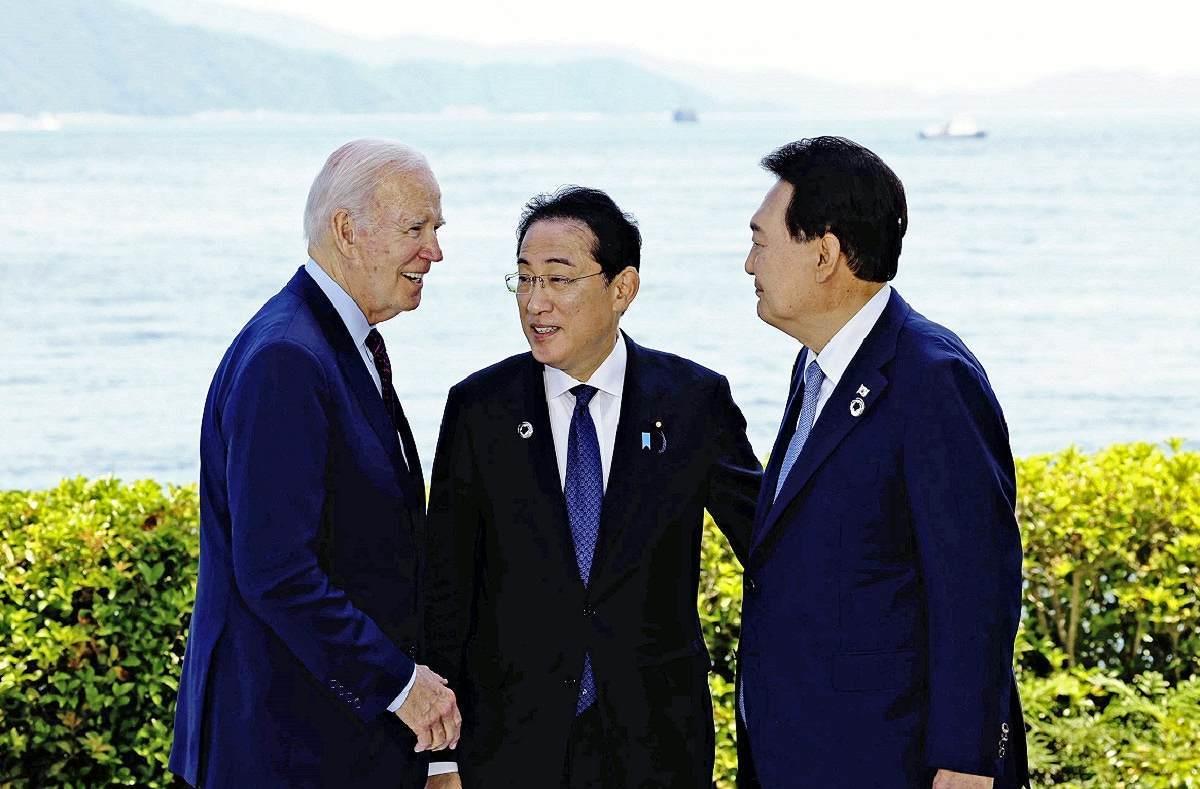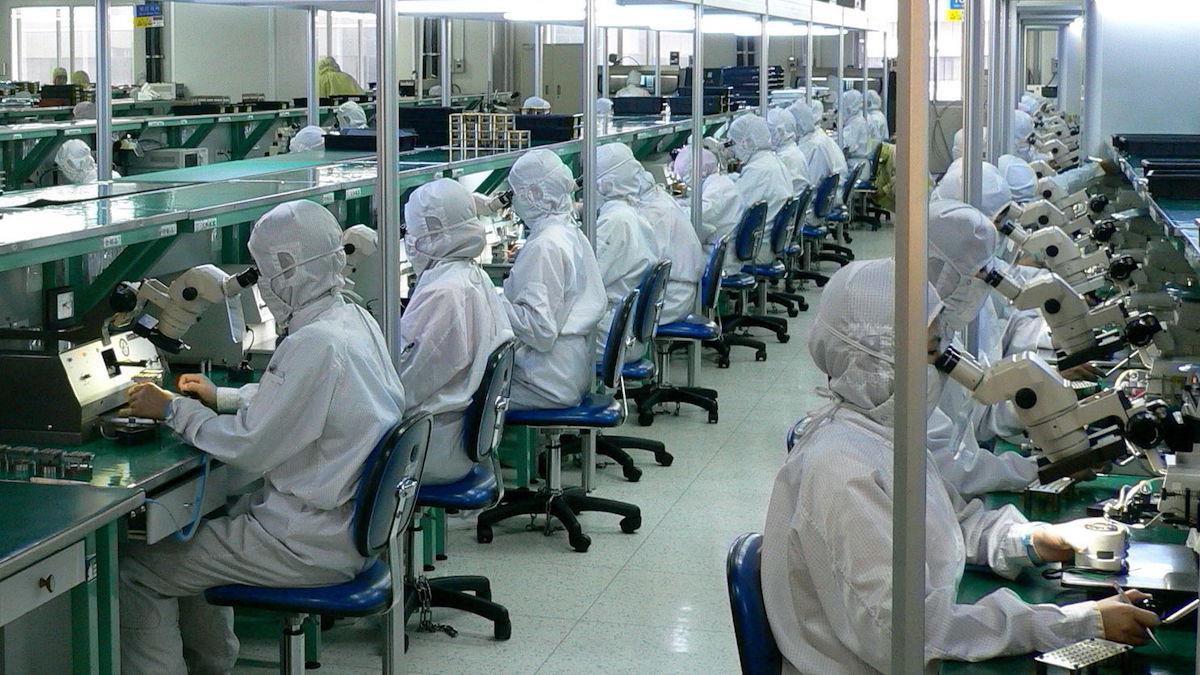Economists debated the ultimate purpose of this policy trend – was it anti-deflation, or aimed at rescuing banks and securities markets, or financing public investment? – but the trend itself was indisputable.
Now the big trend is industrial policy, with vast programs of public subsidies and investment, but strangely there is much less debate about it. President Joe Biden has led the way in the United States, which is why some call it“Bidenomics.”
Although the European Union actually got there first with its“Next Generation EU” fund that was set up during the Covid pandemic, America sees its program as bigger, better and more headline-grabbing – which is why the tempting slogan of“Bidenomics” has taken hold, following the earlier examples of Reaganomics and Abenomics.
What economists seem to agree on is that these big programs mean that what they call the Big State is back. This is epitomized in the United States by the Chips and Science Act, devoting US$52.7 billion to supporting the semiconductor industry, and the Inflation Reduction Act, under which more than $400 billion is being spent over the next 10 years on the energy transition and on infrastructure.
Latest stories

when albanese heads to china

future of ai warfare taking place in israel without oversight

camp david summit to put new icing on the trilateral cake
By“the Big State” is meant large-scale state intervention in industry – which also means favoring national producers at the expense of imported goods and services, which makes this policy trend also protectionist.
That protectionist aspect contributes to a widespread feeling that the era of globalization might be over. With America and the EU leading the way with big-spending industrial and infrastructure policies, it is assumed that other countries such as Japan and the United Kingdom will have to try to compete so as to stop their own firms and own production moving to where the biggest subsidies are on offer.
Thanks to that theory of competition between nations, the consensus among economists seems to be that this trend of big-spending industrial policies is here to stay – that, just as the big monetary policy trend lasted more than a decade, so will this one.
In support of that argument are two other factors: first, the fact that the battle against climate change and for the green energy transition is a long-term one, which will require public subsidies and investment if it is to succeed; and second, that the technological and military contest between the US and China is also a long-term reality that will perpetuate big-spending industrial policies designed to prevent Chinese dominance, whether military or economic.
To me, however, the idea of this as a long-term trend is both compelling and lacking in credibility. It is compelling because it is true that geopolitical competition and tensions, and the urgency of dealing with climate change, feel fundamental to our era.
But it is lacking in credibility for a simpler reason: Public subsidies and investment need somehow to be financed, and financing these ambitious industrial policies will be very difficult at a time of high levels of sovereign debt and rising interest rates.
The paradox of the previous, monetary-policy-dominated era was that when borrowing was ultra-cheap, few governments felt able to exploit it to finance big programs of public investment. Now that borrowing costs are rising, governments are nonetheless trying to finance costly programs of public investment.
Doing so would be sustainable only if those programs were to succeed in raising the long-term rate of economic growth and thus in raising tax revenues. It would be wonderful if they did have that long-term growth-boosting effect. But it is more likely that any positive effect on growth will be quite short-lived, as it is competing with the negative effects of rising borrowing costs.

Factory workers assemble and test fiber-optics systems in China. Photo: Wikimedia Commons/Ranveig
The era of big-state industrial policy feels to me as if it will actually prove quite short-lived, at least as a broad phenomenon. For example, political battles in the United States about the official ceiling on federal public debt make it hard to envisage that the Inflation Reduction Act could ever be repeated.
The smaller, geopolitical element to this industrial policy trend might well persist, since both technological export-controls and so-called“de-risking” from dependence on China are driven by politics and not economics. The larger, climate-related portion will also persist in some form, but electorates are always reluctant to vote for tax rises to pay for it.
Overall, the wider popularity of industrial policy runs up against the realities of high public debt. Now that it has been noticed and, by some at least, celebrated, the phenomenon is probably already peaking.
Currently an independent writer, lecturer and consultant on international affairs,
bill emmott
from 1993 to 2o06 was editor-in-chief of The Economist.
this article
was originally published in Japanese by Nikkei Business and in english by his Substack publication, Bill Emmott's Global View. (subscribe here
for free to receive his posts.) It is republished by Asia Times with kind permission.
Follow the author on Twitter @bill_emmott
Like this:Like Loading... Related